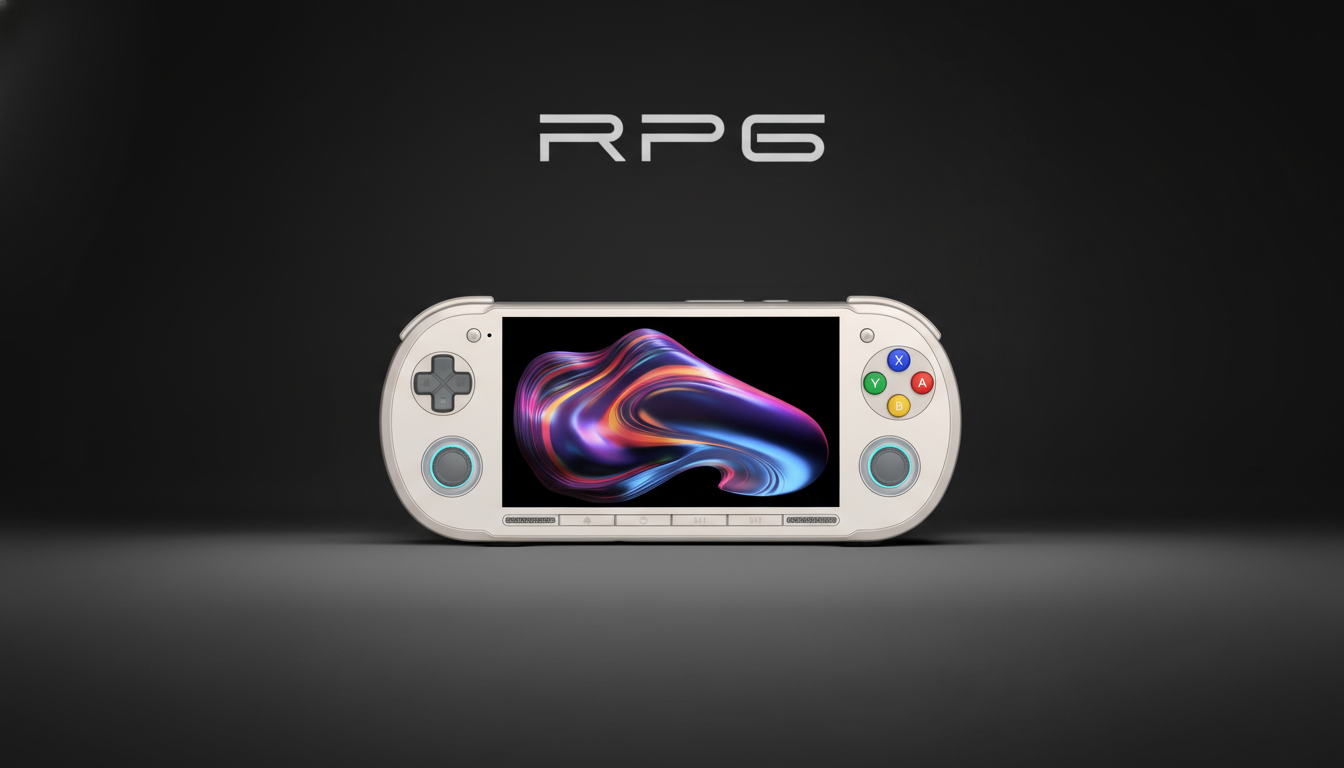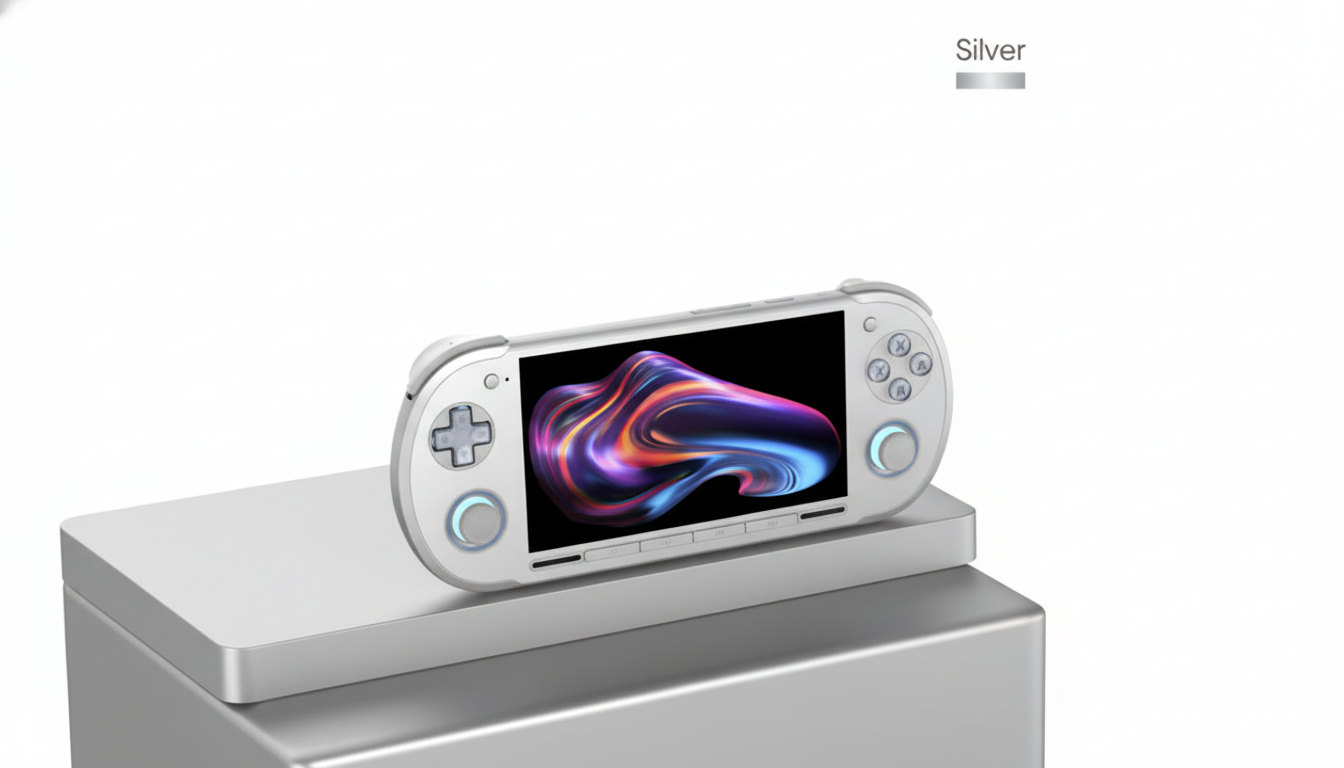The Pocket 6 by Retroid has been taken down from presale, canceling orders just hours after opening due to a storm of community backlash. The company says it plans to take on feedback and redesign the Android handheld before relaunching it, a rather unusual mid-cycle course correction for a fast-moving retro games brand.
Design Decisions That Fueled the Community Outcry
Early reaction wasn’t about price or power. In fact, the Pocket 6’s leap to Qualcomm’s Snapdragon 8 Gen 2 — you know, that same high-end chip found inside devices like the Galaxy S23 — was praised for lifting the ceiling of peak performance when it comes to emulation. The outcry was about ergonomics and form factor.

Fans protested a retro-style row of face buttons below the display, claiming it squeezed the screen and detracted from the device’s screen-to-body ratio without enhancing functionality. The larger objection was preventing the D-pad from sitting above the left analog stick. Given the device stakes a claim as capable of emulating modern-day consoles, many would like the stick to be primary so your thumbs don’t do much traveling (or strain) in 3D games.
And that swap matters in the Android handheld world. Thematically similar options like the Ayn Odin 2 and KONKR Pocket FIT opt for a left stick mounted above the D-pad, which suits GameCube and PS2 games as well as more demanding 3D platformers that rely strongly on analog input. Retroid’s D-pad-first design — yes, 2D classics, we haven’t forgotten you! — was the Pocket 5’s standout feature, but it has proven divisive after the (Pocket) 6 promised far more horsepower instead.
Community Polls Indicate a Rethink for Pocket 6
Retroid is holding public polls on its official Discord and on X to learn people’s preferences. Though neither has had time to gain much traction, there’s already some buzz about removing the bottom button row and moving the left stick above the D-pad. That would place the Pocket 6 in line with contemporary (but not retro-influenced) designs.
The company has halted presales while it gauges a redesign, an unusual move since it already took pre-order customers’ cash. It’s made the same feedback-anchored move in the past: following criticism of the RAM configuration on the Pocket 5, Retroid increased that figure from 6GB to 8GB before launch. Hearing feedback early could help prevent any marketing-reality mismatch once the units start shipping.
What It Means for Buyers and the Market Now
Timeline is the question now. The Pocket 6P was advertised with an assertive shipping window, though a significant change to the chassis or control layout would likely push that date. Retroid has not released a new timeline and will reach out to customers about orders and next steps directly.
For now, the Pocket G2 will still be on sale and act as the D-pad-first option for players who care more about 2D/retro console libraries.

Retroid has suggested that there might be two variants of the Pocket 6 — a D-pad-first version and a stick-first one — but that would bring complications for accessories, firmware support, and supply planning.
The overall handheld market is fierce and increasingly fragmented.
Enthusiast communities on places like Reddit’s Retro Handhelds forums and Discord servers now serve as de facto focus groups for potential competitors, who are being forced to dial in ergonomics as carefully as specs. It’s a trend: we see more ecosystem tension and community-driven course correction reducing return rates and extending product lifecycles, even if it adds short-term friction. Analyst firms have noted similar ecosystem-driven course corrections, which tend to reduce returns and extend product lifespans, even if they add a bit of short-term pain.
Power Wasn’t the Problem With Retroid Pocket 6
On paper, the Pocket 6’s Snapdragon 8 Gen 2 platform should provide plenty of wiggle room for demanding emulators to stretch their legs—far beyond the capabilities of midrange chips that earlier compact handhelds squeezed in. Which, of course, is why the design debate became so heated—the device boasted modern-console-level emulation but shipped with a format many (even fans of 2D-first hardware) associate with 2D-first hardware. The mismatched partnership hid what might have been one of the very best pocketable Android handhelds this year.
The Bottom Line on Retroid’s Pocket 6 Presale Pause
Retroid’s pause on Pocket 6 presales illustrates how fast community sentiment can alter hardware in this niche. If the company listens to the polling and arrives with a stick-first design that has a cleaner face, then this relaunch would put it directly up against some of the most ergonomically friendly Android handhelds on sale. If it goes full steam ahead with the D-pad-first brand, it will risk losing modern-emulation gamers to competitors.
Either way, the message seems loud and clear: in 2025’s handheld market, specs alone aren’t cutting it. The victors will marry flagship performance with layouts that match how people actually play now.

